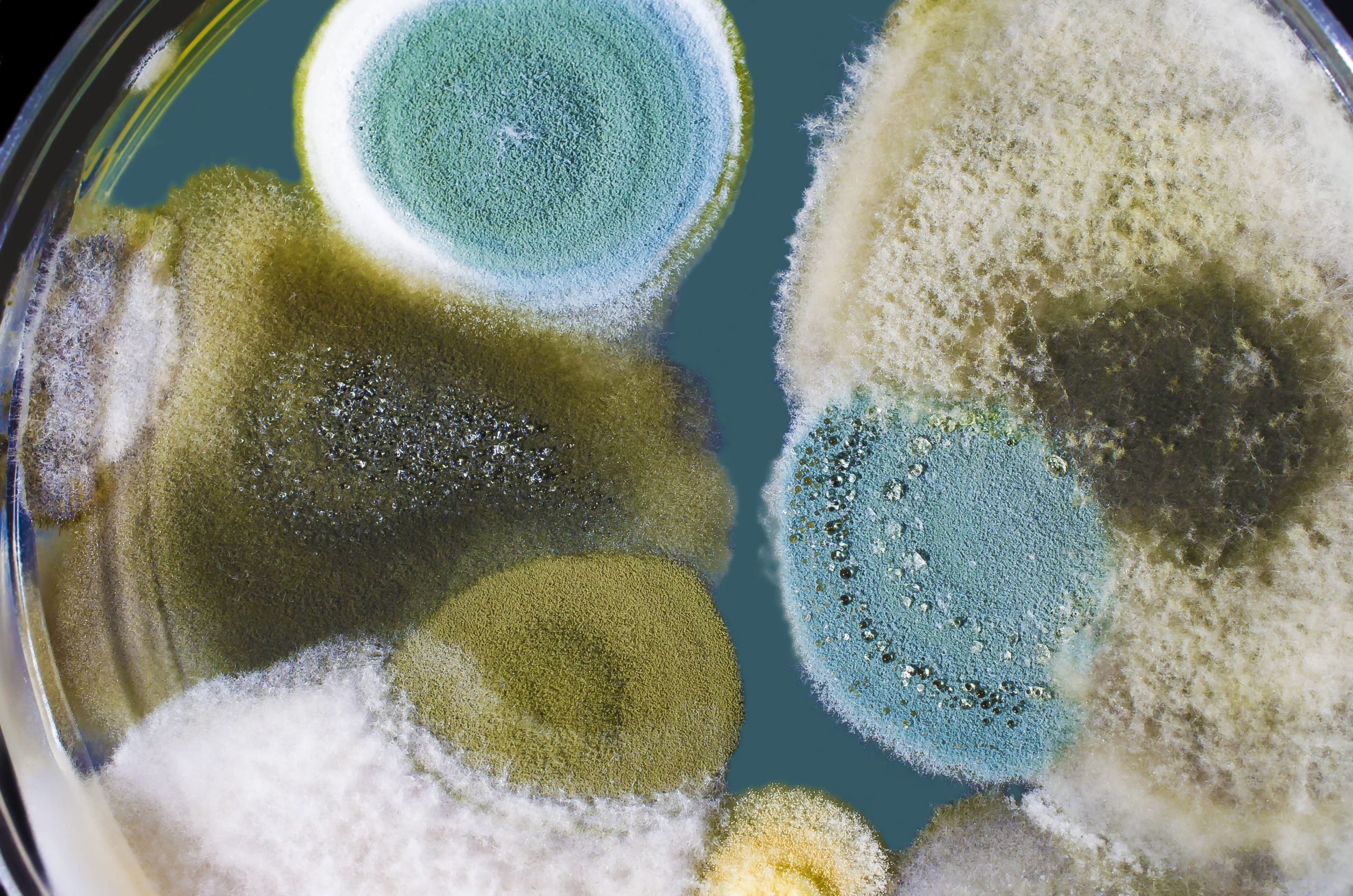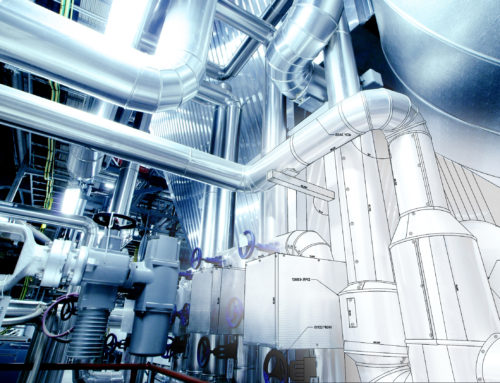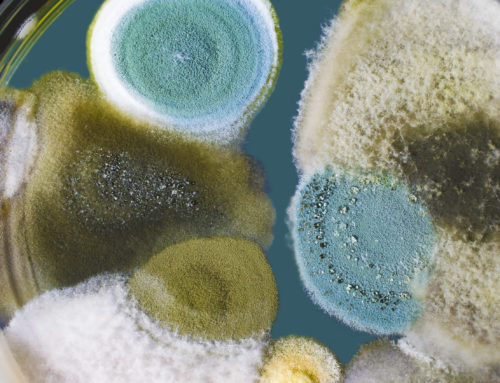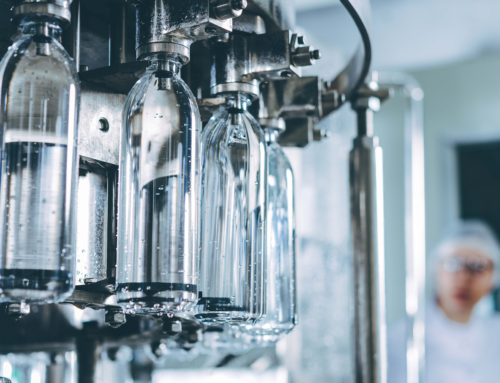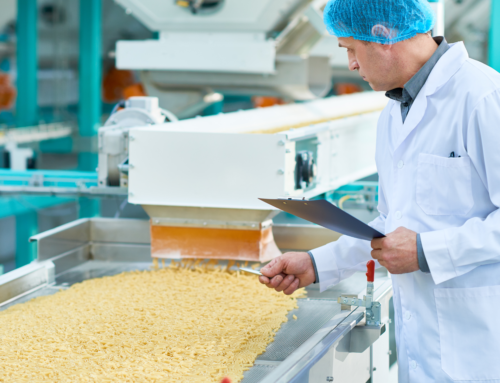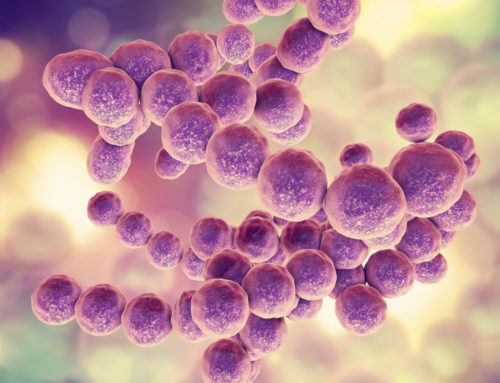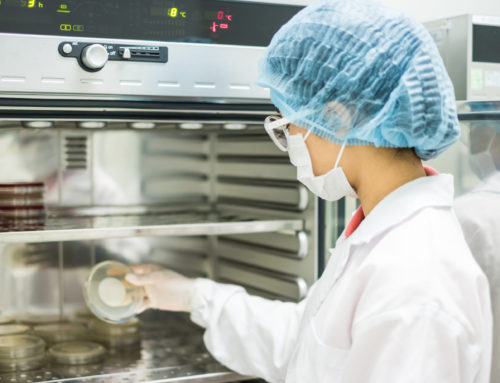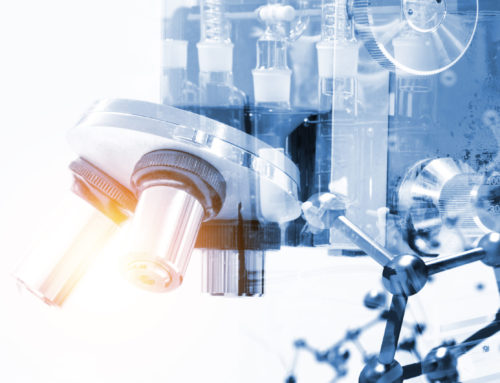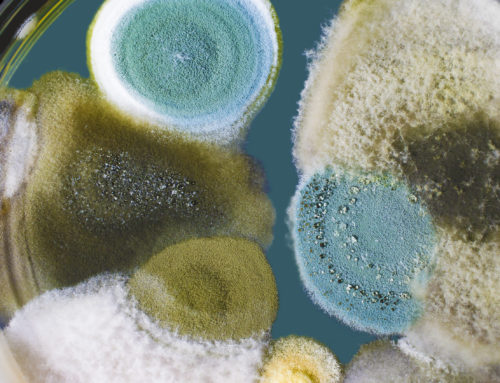Microbes are ubiquitous, they’re all around us all of the time. This year, microbes have made some big headlines such as the COVID-19 pandemic and the multi-million-dollar Listeria contamination recall at Texas’ Blue Bell Creamery. Microorganism contamination can wreak havoc on companies that require any type of controlled environment. Environmental monitoring of surfaces, ambient air, and compressed air are all examples of ways to combat cross-contamination to an end product. A good monitoring plan requires regular testing for microorganisms. In ambient air, impaction samplers are an excellent way to take samples. These samples can then be transported to a third-party laboratory, like Trace Analytics, for analysis.
We are able to provide our customers with total bioburden of ambient air in addition to our compressed air microbial sampling.
Who Needs to Test Ambient Air?
Per ISO 14698-1, “The user of a cleanroom or controlled environment shall set microbiological alert and action levels. These levels shall be appropriate to the field of application, to the classification of the risk zones and to what is achievable using current technology.” Since the statement is meant to be all incorporating, ISO-14698-2 assists in providing the building blocks to evaluate and interpret your biocontamination results to help define testing procedures specific to each customer’s applications. Trace Analytics, LLC currently has two participants on the International Standards Organization committee. Our team of experts would be more than happy to help identify if ambient air testing is right for you. We can help you set up a monitoring plan and assist in making sure your alert and action levels can be met with our sampling and analysis offerings.
The Trio.bas is an impaction sampler suitable for ambient air sampling. It’s small, portable, and ideal for industries across the board from pharmaceutical manufacturing, cleanrooms, food and beverage, healthcare, or any research/testing facility that requires aseptic methods and processes. Ambient air testing provides an excellent opportunity to identify baselines, root cause analysis, trend analysis, indicator organisms, and high-risk areas.
How it Works
The Trio.bas accelerates air through small holes in its perforated aspirating head, which in turn, impacts suspended air particles such as microorganisms and spores onto the surface of an agar plate housed inside the sampler. The samples are then shipped back to the lab for incubation, analysis, then reporting. Results are expressed as colony-forming units per meter cubed. Each Trio.bas is calibrated, validated, and appropriately documented for GMP/GLP accreditation practices. Also designed to be universal and user-friendly, a typical air sample standard of 1000 liters of air can be drawn through the Trio.bas in only 5 minutes. This allows a set volume to be tested as well as minimizing the amount of water loss from the agar plates, which would, in turn, create a less optimal environment for microorganisms to grow or affect the integrity of the media. With EN/ISO 14698-1 and ISO 9001 compliance in mind, its IP65 certified waterproof body was designed to cater to most testing applications, including cleanrooms.
Combined with its 15-hour battery life, the Trio.bas is capable of taking many samples in a short period of time while its size is unobtrusive, allowing tests during as-built as well as at-rest states to keep from interrupting daily processes. The battery is powered by an inductive charging dock, which allows the design to not require ports or plugs that would make cleaning difficult. Trio.bas rentals are shipped fully charged and sent with the charger in case larger scale testing is required.
The Trio.bas serves as an excellent tool to set a baseline for risk determination or provide spatial data to identify potential areas of risk. Pre and post-maintenance samples can provide valuable information as well.
Sampling Tips and Tricks
Some useful tips for smooth ambient air sampling and avoiding false positives would include:
- Ensure aseptic technique is used throughout the sampling process.
- Avoid touching the inside surfaces of the agar plate.
- Be wary of contaminating the agar plate lid or aspirating head while during sampling/sample prep.
- Keep plates inside preferred temperature range through the entire process. Temperatures too hot or cold can affect the integrity and blank of the agar plates.
Utilizing pre- and post-test blinds would show a more representative sample and indicating the proper aseptic technique throughout the whole testing period. Logistics should always be considered to return samples back to the lab for incubation/analysis as soon as possible.
To simplify and streamline the testing process, Trace Analytics, LLC can provide all necessary items and options to test and return everything back to the lab for analysis, generally beginning the same day. The same anaerobic analysis, morphology identification, and custom incubation times for compressed air testing are also offered by Trace Analytics, LLC for ambient air testing.
SQF Edition 9
The Safe Quality Foods Institute (SQFI) is globally-recognized food safety and quality program. SQF regularly updates certification requirements to ensure quality end-products for consumers. SQF Edition 9’s codes will require monitoring of the compressed air and gas systems either annually or at a risk-based frequency.
Facilities with compressed air systems who are seeking SQF certification will fall into one of the following categories:
- Food Manufacturing
- Pet Food Manufacturing
- Animal Feed Manufacturing
- Animal Product Manufacturing
- Dietary Supplement Manufacturing
- Storage & Distribution
- Manufacturing of Food Packaging
2.4.8.1 A risk-based environmental monitoring program shall be in place for all food manufacturing processes and immediate surrounding areas, which impact
manufacturing processes. The responsibility and methods for the environmental monitoring program shall be documented and implemented.
2.4.8.2 An environmental sampling and testing schedule shall be prepared. It shall at a minimum:
- Detail the applicable pathogens or indicator organisms to test for in that industry;
- List the number of samples to be taken and the frequency of sampling;
- Outline the locations in which samples are to be taken and the rotation of locations as needed; and
- Describe the methods to handle elevated or undesirable results.
2.4.8.3 Environmental testing results shall be monitored, tracked, and trended, and preventative actions (refer to 2.5.3.1) shall be implemented where unsatisfactory results or trends are observed.
Ambient Air Testing Requirements Per Industry:
Dietary Supplements: 17.7.1.2 Ambient air in high-risk areas shall be tested at least annually to confirm that it does not pose a risk to food safety.
Pet Food: 4.7.1.2 Ambient air in high-risk areas shall be tested at least annually to confirm that it does not pose a risk to pet food safety.
Food Manufacturing: 11.7.1.2 Ambient air in high-risk areas shall be tested at least annually to confirm that it does not pose a risk to food safety
Primary Plant: 10.6.5.3 Ambient air shall be tested at least annually to confirm that it does not pose a risk to food safety.
View all SQF Edition 9 safety codes here.

